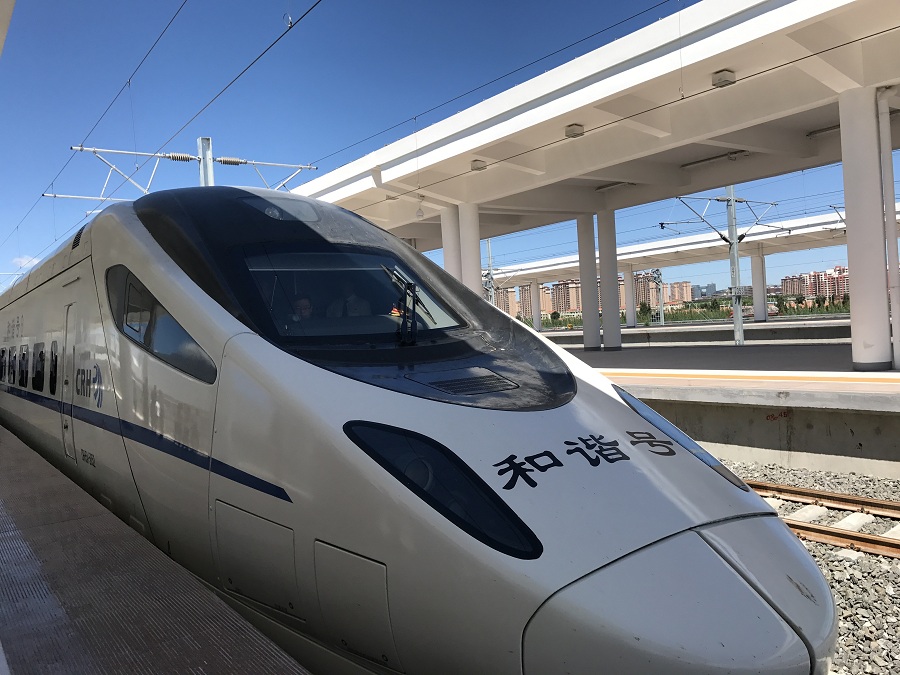The second China-Inner Mongolia Agricultural and Animal Products Expo concluded on August 10. The five-day event witnessed 24.17 million yuan ($ 3.93 million) in total trade value.
Rampant illegal mining, black market dealing and smuggling has seriously disrupted the rare earths market and led to a nosedive in prices of the resources in China, a senior insider has said.
The city of Bayannur has planted 3.72 million mu (248,000 hectares) of sunflowers in 2014, accounting for 36.4 percent of the city's total agricultural plantation area.
North China's Inner Mongolia autonomous region plans to optimize the industrial standards system of rare earth minerals and map out key technical standards in the field in three years.
Persistent drought has caused widespread water shortages in central and north China, affecting more than 27.5 million people, according to official figures.
China, the world's biggest carbon emitter, accelerated solar power installations in the first half, adding enough capacity in the period to equal Australia's entire supply of power from sunlight in 2013.
The first Hohhot Grassland Kite Culture Festival kicked off in Inner Mongolia on August 5.
The government has approved two major rare earth producers to become conglomerates by the end of this year in order to further consolidate the rare resources, combat smuggling and alleviate overcapacity in production.

A bullet train departed Hohhot East Railway Station for Ulanqab marking the start of high-speed rail services using Inner Mongolia’s first newly-laid high-speed railway on Aug 3.

This year marks the 70th anniversary of the establishment of the autonomous region, during which various celebrations are planned to showcase its prosperity and ethnic diversity.

